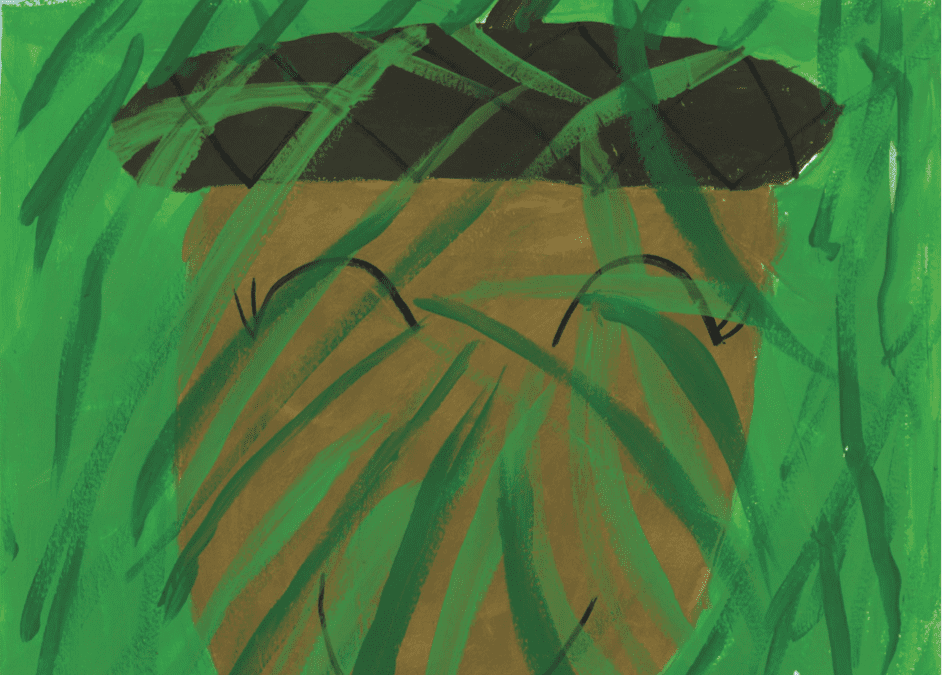
If you plan on writing a children’s book, you need to take all the right steps. Children’s books are less complex, but these projects require work and dedication to complete. In this post, you’ll be guided through seven simple steps to writing a children’s book. This information will get you on your way to publishing your project!
1.Brainstorm Ideas for Your Children’s Book and Choose the Best Ones
Before you even start writing your children’s book, come up with some focused ideas. Get an idea about the setting and story. This will form the core of your book and guide you through the writing process. Don’t rush through this part though. Take your time so you can brainstorm the best possible concepts for your children’s book.
If you need help, research is a great way to create your own unique ideas. Reading other popular books in your genre can help a lot as well. It can also provide you with ideas that excite and inspire you to write. (Search “popular children’s books” on Amazon to get started.)
However, if you already know what you want to write about, still do research. You want to combine the best aspects of popular books to create something successful. So only choose your best ideas and put a twist on any ideas that are similar to other works!
2.Figure Out the Audience for Your Book
Finding the audience of your children’s book is another vital step. Children’s authors are more limited in what they can write (no romance or murder mysteries!). So you need to know exactly who you are writing your children’s book for in order to develop your ideas appropriately.
Depending on the age of your book readers, various aspects of your project will be impacted. This includes page count, ideas presented in the book, book cover, number of illustrations, and story complexity.
For example, if you are writing a book for older children you might have fewer illustrations, a higher number of pages, and more complex words. On the other hand, if you are writing for a younger audience, you might have more colorful pictures, utilize simpler language, and have fewer pages.
Consider the needs of your audience as you settle on what you want to write. This is something that should definitely be planned before writing!
3. Design Your Characters
The characters in your book will make or break your project. Most children’s books garner acclaim because of their quirky characters. The design, behavior, and personality of your characters should be well fleshed out and distinct.
Don’t be afraid to create a wacky or off-the-wall protagonist. Children’s book characters don’t have to be conventional. In fact, they should be different and entertaining. This will grab children’s attention and keep them focused on your book. If you develop a bland or boring main character, your book will not do well.
There are a lot of ways to build an interesting character while writing a children’s book. But start by getting to know your protagonist. Ask yourself questions about them. Why are they doing what they are doing? What do they like or dislike? You want a full picture of your characters and these types of questions can help.
4. Find a Child-Sized Main Conflict
Once you have the basics of your story mapped out, you can begin plotting your tale. Not every children’s book will have a main conflict, but most will. After all, the best books have something to drive them, and children’s books are no different. If you are telling a more complex story, your book should be centered around a conflict to give it direction. This will help you plan the entirety of your tale.
Why conflict? Because characters need something to do. When you create conflict, you give your characters goals and help develop the plot. It also makes your book more interesting. Many authors mess up during this stage of story planning though. This is because they don’t have the experience of plotting out multiple books.
As a result, either the conflict is not compelling enough or the character figures out their conflict way too soon. Not pacing your conflict correctly can make your book boring. So try your best to meticulously plan each segment of your story to make it as interesting as possible.
5. Write Your Chapter or Picture Book
Now that your ideas are fully formed and you have a plan for your story, you can start writing the first draft of your children’s book.
At this stage, you want to write as much as you can. What you write matters, but it does not have to be perfect. The important thing is to finish up your first draft. A lot of writers never complete their story because they want perfection on the first draft or they struggle to keep moving the book ahead. You don’t want this to happen to you.
Instead, focus on concluding your book. You can always go back and edit bad writing. But you can’t fix anything that you haven’t written. And if haven’t started because you’re worried about arranging everything to perfection, you will NEVER get published.
6.Edit Your Children’s Book
Editing is just as important as writing a children’s book. After all, you don’t want your name attached to subpar work. So re-read your manuscript and check for errors. Do this multiple times!
As you do so, check and see if you can cut back or bulk up your word count, whichever your book needs. Again, depending on your audience you will want to adhere to a certain word count. At the same time, you’ll want to look at issues with plot or other inconsistencies in your writing. Once you have self-edited a handful of times, give your draft to a professional.
Anything you write and plan to publish should go through a paid editor, ideally someone with book experience. Otherwise, your book won’t meet industry standards and will be very hard to market.
An editor can fix these potential problems, so don’t skip this step!
7. Find an Illustrator
Illustration is the final step of the children’s book writing process. (Technically isn’t not part of the writing process, but this is the fun part!) Children’s picture books are usually filled with colorful and professional art, while chapter books often have colorful cover images and black-and-white illustrations inside.
To get this, you’ll need a good illustrator to help you complete your book. There are many places to hire artists online, and freelance websites are a great place to start. But you can also find children’s book artists by doing a quick Google search. Some artists have social media sites you can check out. This way you get a feel for their style and personality.
Just make sure that the art is right for your book. You want the pictures in your project to match your writing and bring your book to life!
Need help getting your children’s book off your computer and onto bookshelves? Submit your manuscript to Argyle Fox Publishing to get started.
